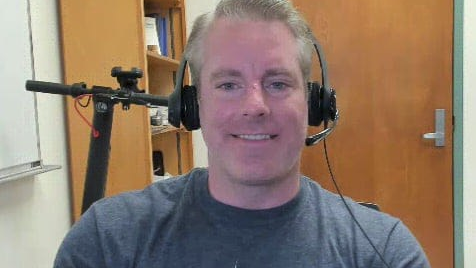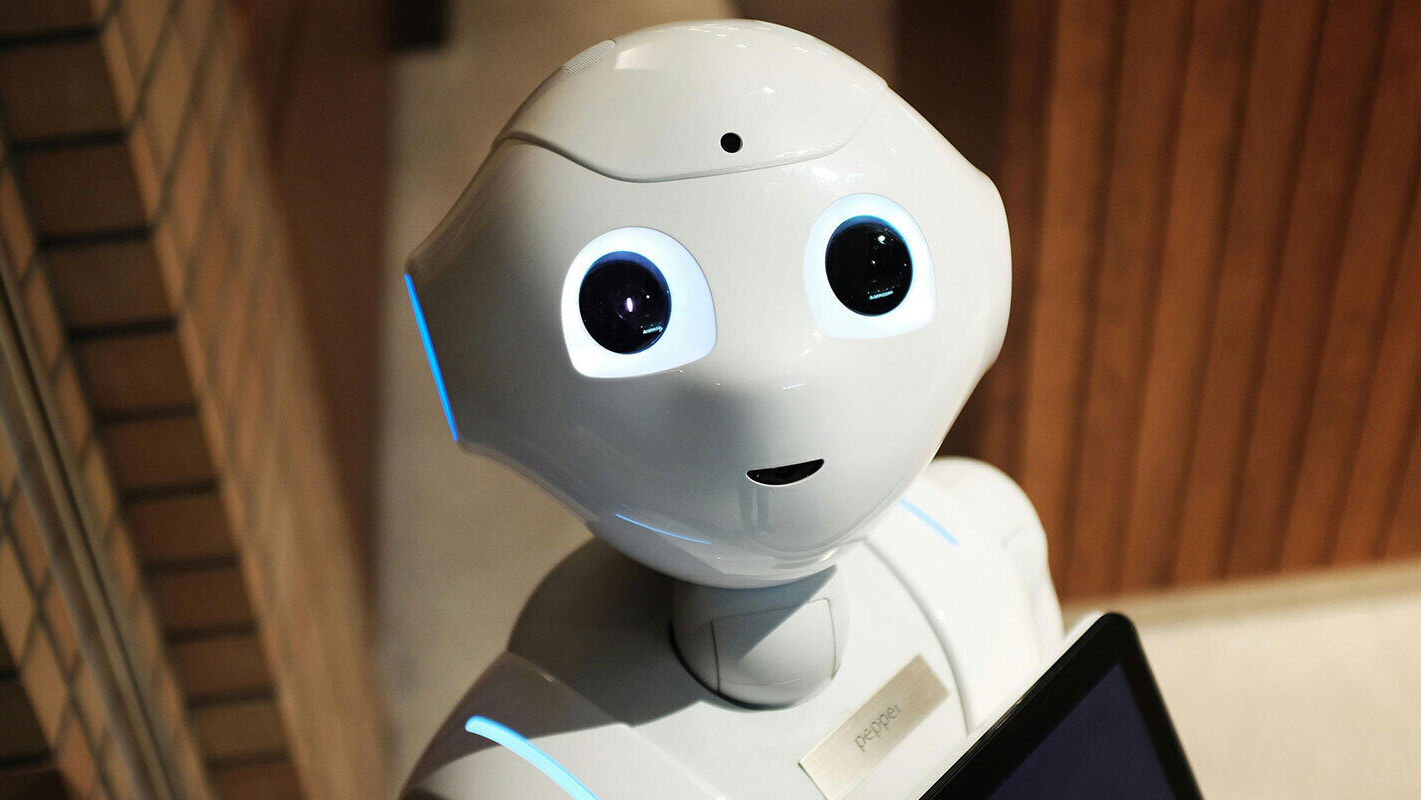WID Collaboration Visualizes Neutrino Data in 3D
Located deep within the ice at the South Pole in Antarctica, the IceCube Neutrino Observatory watches for traces of the mysterious neutrino, a subatomic messenger from the cosmos that lends a greater understanding of far away events in the universe.
Once frozen in, sensors in the detector can only be reached by cables that connect them to the surface laboratory. Data from the detector has only been examined on computer screens, ported by satellite around the world to the international IceCube Collaboration — until now.
Thanks to a partnership between WID and the Wisconsin IceCube Particle Astrophysics Center (WIPAC), scientists can step inside the world’s largest neutrino detector and see neutrino events in 3D for the first time.
The collaborative team of physicists, outreach specialists, data experts and computer programmers has translated major neutrino events collected by IceCube into visual 3D events that can be navigated virtually in WID’s Living Environments Laboratory the UW–Madison campus.
Jim Madsen, physics professor at UW-River Falls and the assistant director for Education and Outreach at WIPAC, says the collaboration provides a unique glimpse into the IceCube grid that even technicians on site haven’t been able to see until now.
“Neutrinos have been studied for more than 80 years, but continue to surprise us and still have properties that are not well understood,” says Madsen.

Ross Tredinnick
Ross Tredinnick, systems programmer at WID’s Living Environments Laboratory (LEL) who’s led efforts with Madsen on the project, says the project opens doors to new types of data visualization in virtual reality.
“The IceCube visualization project is a perfect example that showcases the research diversity of the LEL,” Tredinnick says. “Virtual reality creates experiences for people that would otherwise be expensive or impossible to achieve in the real world. We expect that this project will lead to more collaboration across the UW and other universities.”
One example where visualizing neutrino data in three dimensions can be especially insightful, Madsen and Tredinnick say, is characterizing events based on the patterns neutrino interactions leave as they’re recorded by the sensors. To determine the energy, direction and type of neutrino, the intensity and sequence of the light seen in the event can be parsed through in the CAVE in a way that’s not possible in two dimensions on a computer screen.
Tredinnick says working with neutrino data has not only expanded the data applications in the CAVE, but it’s also allowed the team to develop additional features that can be key drivers of future projects.
“For the first time, people can view the detector from inside the ice. It might give people a better experience than actually going to the South Pole.”
–James Madsen
For instance, the group has created situational audio that allows the user to hear the data as it’s occurring during a neutrino event. The vast scale of the IceCube environment also proved challenging at times, especially the task of accurately rendering a true scale representation of more than 5,000 sensors spanning over a cubic kilometer of space underneath the Antarctic ice.
Replicating an environment that’s both easy for the user to navigate (traveling from one place to another with a joystick) and accurately portrays the size of the sensors and space beneath the ice required additional insight that can be carried into future simulations in the CAVE.
The group says the next step is creating a library of significant neutrino events that can be shared and experienced more widely, both for research and public outreach.
“The CAVE is a really engaging, unique environment,” says Madsen. “For the first time, people can view the detector from inside the ice. It might give people a better experience than actually going to the South Pole.”
— Laurel Norris & Marianne Spoon









